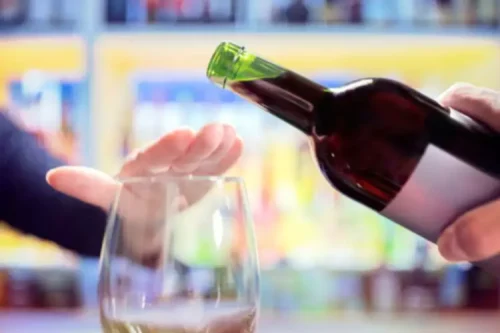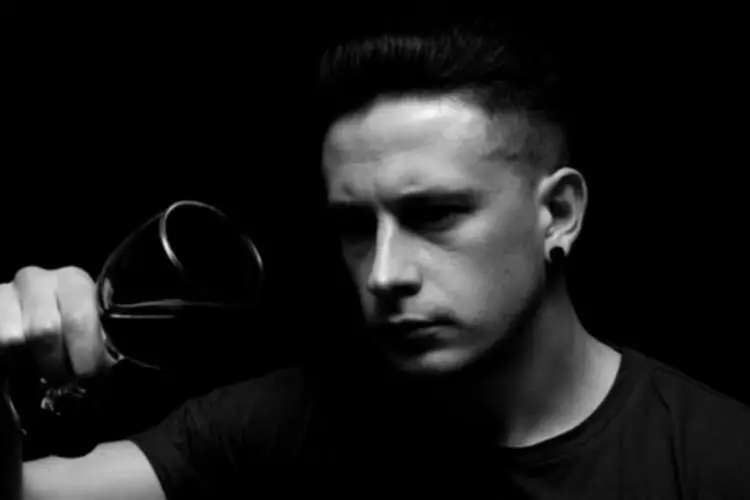These activities should be enjoyable and engaging, counterbalancing the urge to consume alcohol. Ideally, these diversions also contribute to long-term or short-term goals, providing a sense of progress and accomplishment that can further diminish the power of cravings. The practice of mindfulness can be a powerful ally in the fight against cravings.

Management and Treatment
- Just as different things can trigger alcohol cravings from person to person, different strategies can help you manage them.
- Breaking this habit loop can be useful in overcoming alcohol cravings.
- Consider including the previously mentioned foods in your daily meals, and don’t be afraid to experiment with different cooking methods and recipes.
- They involve consciously vocalizing positive statements to oneself, reaffirming an individual’s ability to cope with cravings and to maintain control over their actions.
- With practice, these techniques can increase self-awareness and provide a more nuanced understanding of one’s cravings, making it easier to manage them.
- One way to avoid drinking alcohol is to look for new activities and hobbies — especially ones that aren’t centered around alcohol.
Discover more energy, restful sleep, and improved wellness with a plan designed to fit your life. Sunnyside uses a psychology-based approach to help you drink more mindfully, no matter what your goal is. You’ll get a 100% custom plan, then daily texts to track your progress and help you stay on target. If you tend to drink too how to stop alcohol cravings much whenever there is any alcohol in the house, get rid of it altogether, the NIAAA recommends. Food can absorb the alcohol in beverages, so eating before or even while you drink can dampen the effect and may make you want to drink less, says Crews. A standard glass of wine is 5 ounces, which contains about 12% alcohol.
How to Stop Alcohol Cravings: Expert Tips for Effective Management

Understanding the stages of alcohol misuse and recognizing our patterns can be the first crucial steps toward a better relationship with alcohol. Protein-rich foods, like lean meat, poultry, fish, and eggs, can keep you feeling full and satisfied, making you less likely to reach for alcohol. Additionally, these foods also supply the amino acids necessary for brain health and balance. While general guidelines can be helpful, it is important to remember that everyone’s dietary needs may vary. Seeking professional advice from a registered dietitian or nutritionist can provide personalized recommendations tailored to your specific needs and recovery goals. For example, high-protein foods such as lean meats, fish, tofu, and legumes can help stabilize blood sugar levels and provide the amino acids necessary for neurotransmitter production.
Pinpoint and limit your triggers
Individuals can also benefit from a combination of medication and behavioral interventions to address their cravings. There are several prescription medications that are shown to reduce alcohol cravings, helping people reduce or quit drinking. If you have tobacco use disorder, you need a constant supply of the substance in your body. When nicotine fades out of your bloodstream, you’ll experience unpleasant withdrawal symptoms. Having a nicotine dependence also creates a higher tolerance for the substance over time, meaning you’ll need larger amounts of nicotine to feel the effects. You don’t need treatment to cure nicotine dependence, but those who get treatment are often more successful.

These tips can be helpful for those making changes in their drinking on their own and not in an alcohol use disorder treatment program. In addition to reducing daily drinking, naltrexone has been shown to reduce alcohol cravings as a measurable symptom (3). Acamprosate – this alcohol craving medication can reverse the state of alcohol dependency no matter how long alcohol cravings last. It can be combined with therapy to effectively cope with relapse. This medication is approved for alcoholic treatment in the U.S since June 2004. At Compassion Behavioral Health, we understand that addiction is multifaceted.
Just because a person experiences cravings for alcohol does not necessarily mean they have alcohol use disorder. So, as you gain confidence in not drinking or overdrinking, there’s another step you can take. Carefully expose yourself to these triggers while you’re with someone who’s supportive of you. This can help you feel confident that you won’t act on an urge you might experience. Naltrexone is a prescription medication that can reduce your urges and cravings to drink or to drink heavily. In our CheckUpandChoices.com app, we ask people to keep track of the date, time, intensity (1-10), and duration.
This can result in individuals experiencing an internal battle between wanting to and not wanting to give in to cravings, which can be stressful and upsetting. Reaching a state of recovery after being actively addicted to alcohol is a major accomplishment. It is important to remember that remaining in recovery, however, is a life-long responsibility that requires a great deal of patience and focus. One of the most difficult challenges that many people face during recovery includes experiencing cravings for alcohol.
- Other ways to reject a drink include changing the subject or coming up with a valid reason or excuse to avoid drinking (e.g., having to drive home or attend a meeting early the next day).
- When taking disulfiram, drinking even a small amount of alcohol can produce effects such as flushing, headache, and nausea.
- This allows you to realize that urges increase and decrease in intensity over time.
Gillian Tietz is the host of the Sober Powered podcast and recently left her career as a biochemist to create Sober Powered Media, LLC. When she quit drinking in 2019, she dedicated herself to learning about alcohol’s influence on the brain and how it can cause addiction. Today, she educates and empowers others to assess their relationship with alcohol. Gill is the owner of the Sober Powered Media Podcast Network, which is the first network of top sober podcasts. Navigating alcohol cravings is certainly challenging, but remember, there’s strength in numbers. Both professional support groups and personal networks play intrinsic roles in recovery.
- Their understanding and support can catalyze behavioral changes while diluting the intensity of cravings.
- Support groups, like SMART Recovery or 12-Step groups, can help you connect with your peers.
- This can be a key to breaking the hold that your triggers to drink have on you.
- As we drink more, our bodies adapt, requiring higher quantities to achieve the same effects, pushing us deeper into the pitcher plant.
- They offer an accepting environment, fostering a sense of community among individuals battling similar issues.
Is there a good side to drug side effects?
During that time, they can begin learning about relapse prevention strategies, such as how to manage alcohol cravings, and then expand upon it through additional programming. Acamprosate is prescribed to people after they’ve quit drinking alcohol to help them maintain abstinence. The drug helps ease alcohol withdrawal symptoms like insomnia, anxiety, and depression. The first step to living an alcohol-free life is to seek professional assistance. Alcoholism affects your health, social life, and your loved ones negatively; it drowns you in low self-esteem and completely incapacitates the victim.
